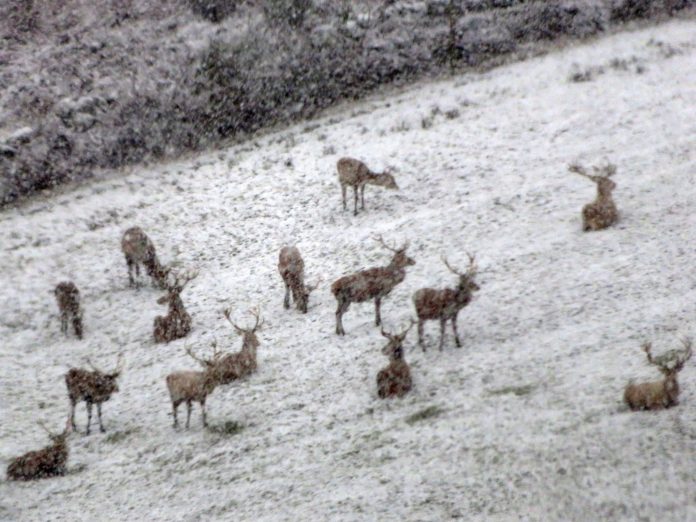Have been enjoying the Oxford Archaeology led Project – ‘Rewilding’ later prehistory
The regular tweets (@RewildArch) they are a great way to stay in touch with what they are up to. But what is it I hear some of you ask? It has been running a year so far with 3 to go.
‘Rewilding’ later prehistory recasts the nature conservation concept of ‘rewilding’ in order to reveal the ‘wonder and enchantment’ (Monbiot 2013) of archaeological wildlife, and its relevance to contemporary environmental concerns.
The period from 2500 BC to AD 43 is a key tipping point in the transition from wild to farmed landscapes in Britain. ‘Rewilding’ later prehistory will examine, for the first time, the full makeup of Bronze and Iron Age plants and animals in diverse study areas and will create an original methodological and interpretative toolkit for investigating archaeological wildlife – from wild boar teeth pendants to charred fragments from ancient hedgerows. By giving wildlife due attention, we hope to build a richer and more vibrant understanding of later prehistory, offering a serious challenge to traditional human-centred landscape histories and a vital link to current nature recovery practices.
The project is funded by the UKRI and is a research collaboration between Oxford Archaeology, the Universities of Oxford and Exeter, the Archaeology Data Service, Historic England and Knepp Castle Estate. It runs for four years from September 2022.
The latest talk was on Wednesday 30th September 2023. 29th European Association of Archaeologists Meeting, Belfast: ‘Rewilding’ later prehistoric Britain: Hunting and Gathering ‘Big Data’ on Prehistoric Entanglements with Wildlife
So head on over to Project | Rewilding later prehistory (oxfordarchaeology.com) and learn more about what they are doing, how they are doing it and project outcomes and data.

